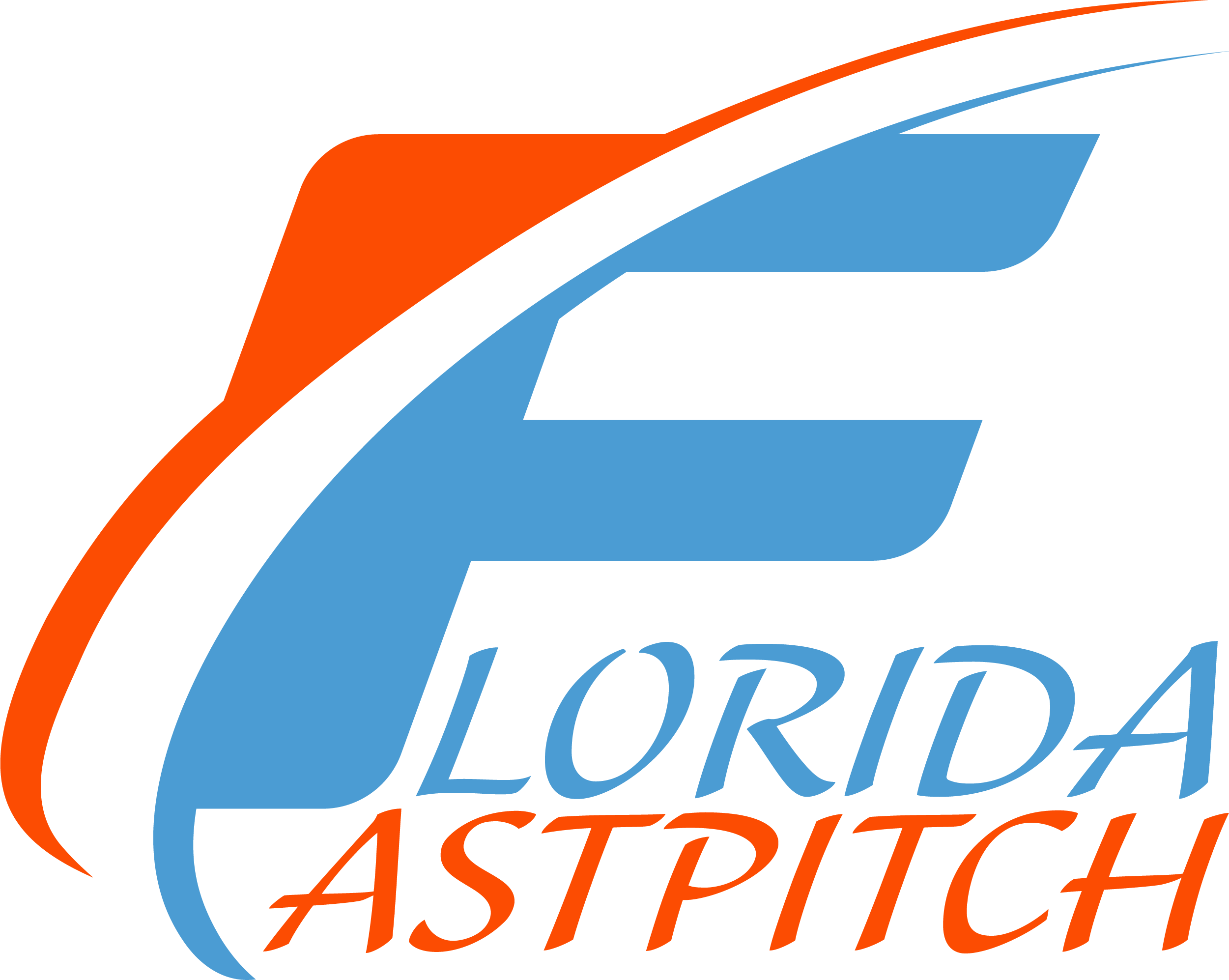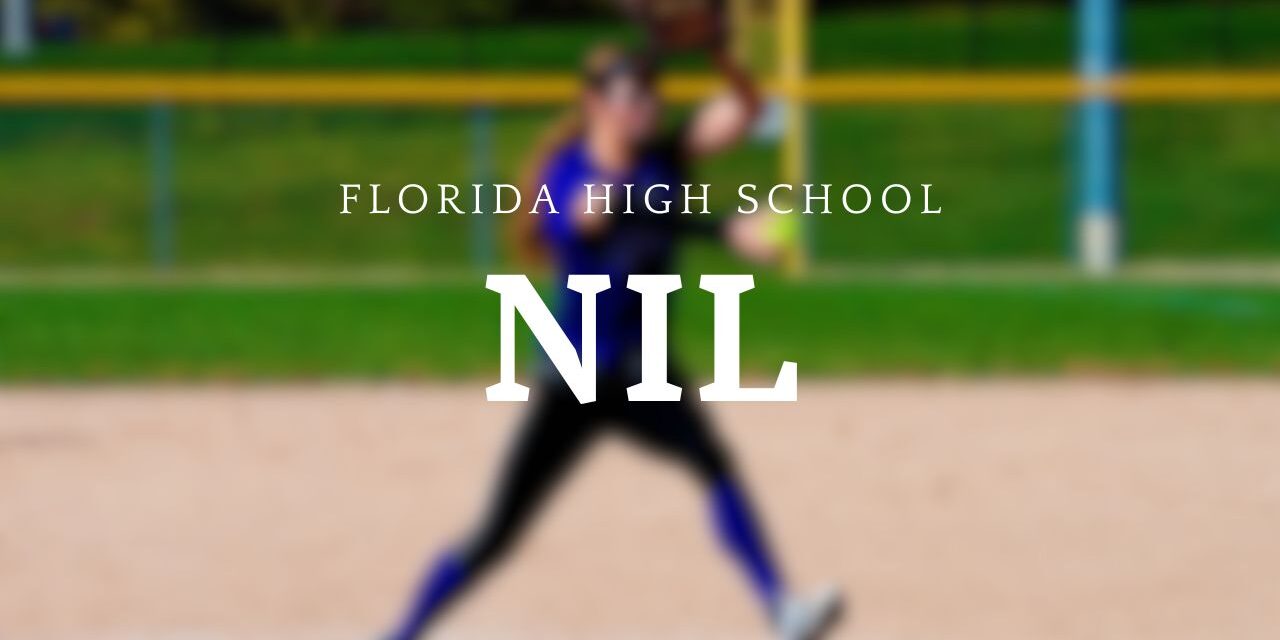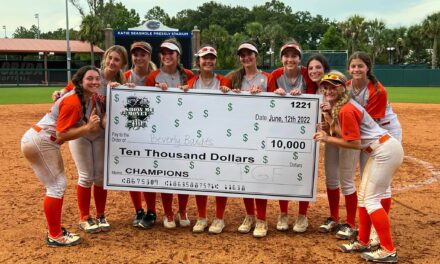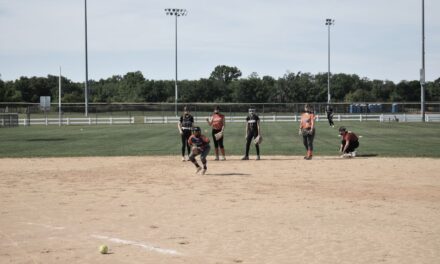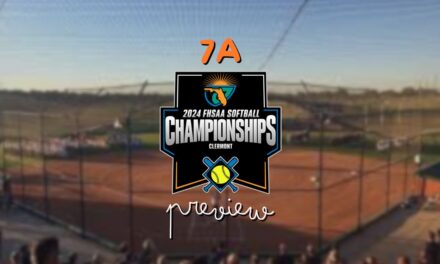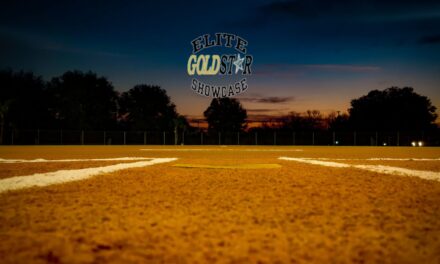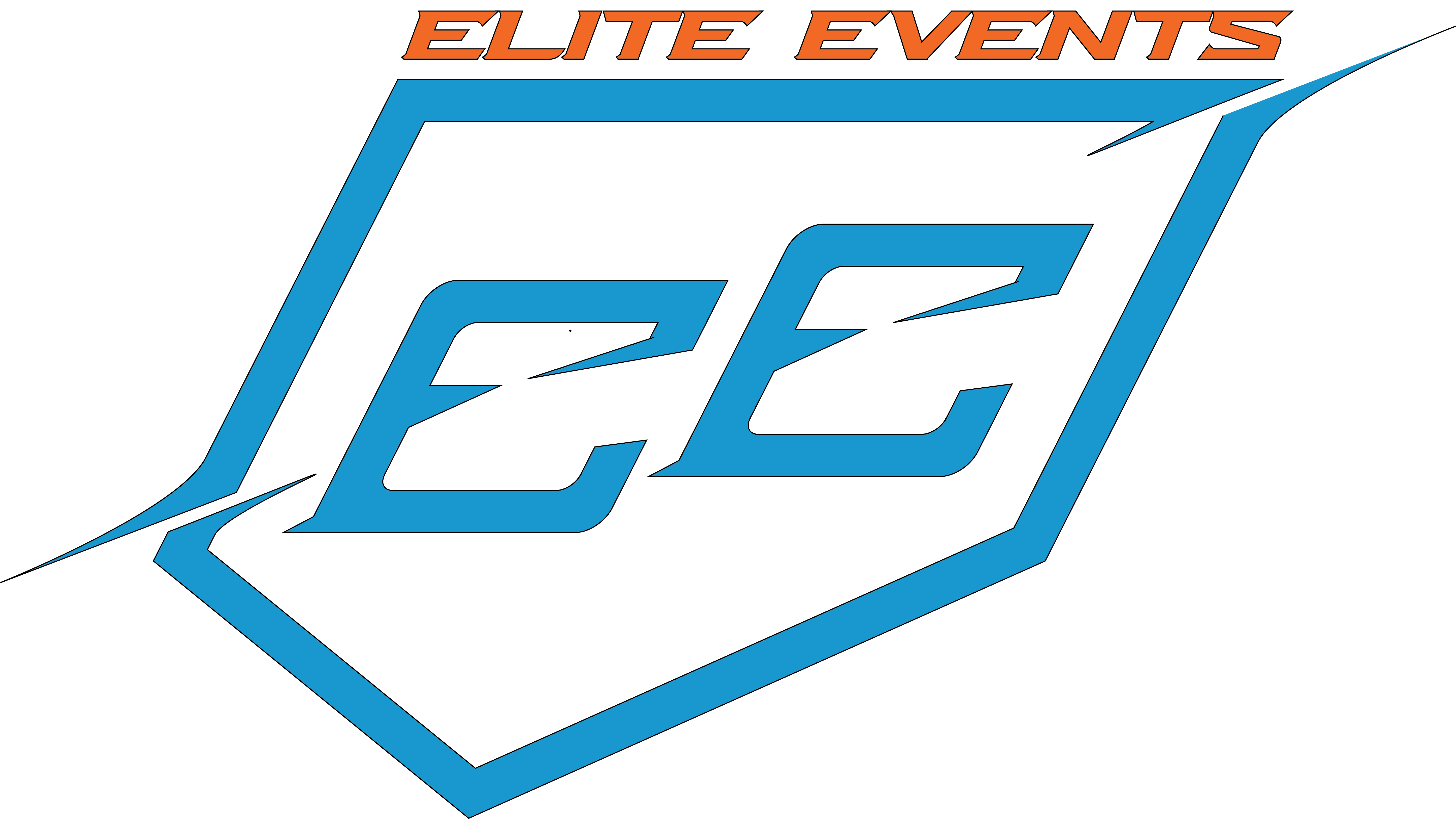Florida’s decision to allow high school athletes to profit from their Name, Image, and Likeness (NIL) marks a significant shift in the landscape of high school sports. The Florida High School Athletic Association (FHSAA) approved the new NIL rules, which were ratified by the Florida Board of Education in July 2024. This makes Florida the 36th state in the U.S. to adopt such measures, highlighting the growing trend of extending NIL opportunities from college to high school levels.
The path to implementing NIL rules for high school athletes in Florida was not without challenges. The FHSAA had been deliberating on this issue for over a year, faced with the pressure to keep pace with other states that had already introduced similar regulations. The new bylaws, effective for the 2024-2025 school year, allow student-athletes to engage in NIL activities without jeopardizing their eligibility to participate in high school sports.
One of the key provisions of these rules is the prohibition of NIL collectives—a group, organization, or cooperative enterprise that exists to collect funds from donors to help facilitate NIL deals. The FHSAA specifically outlined that such collectives are not allowed to operate within high school sports to prevent any misuse of funds or undue influence on student-athletes. This move aims to maintain the integrity of high school sports while still providing students with the opportunity to benefit financially from their talents.
The introduction of NIL opportunities at the high school level has sparked a range of reactions. While some see it as a progressive step towards empowering student-athletes, others express concerns about the potential consequences. For instance, there is uncertainty about the extent to which high school athletes, particularly those outside of major sports like football and basketball, will be able to secure lucrative deals. Additionally, there are concerns about the influence of external parties who may not have the best interests of the athletes in mind.
Athletic directors and coaches have voiced the need for comprehensive education for all stakeholders involved—students, parents, and school officials. The FHSAA has acknowledged this need and plans to provide resources such as a sample NIL contract to help student-athletes navigate these new opportunities while ensuring they remain within the bounds of the rules.
Moreover, the introduction of NIL in high school sports could widen the gap between schools with robust booster programs and those without, as top prospects are more likely to attract NIL deals. This could lead to disparities in the recruitment and retention of talent, with well-funded schools potentially having an edge.
One of the most significant aspects of Florida’s NIL regulations is the emphasis on community involvement and education. While NIL deals offer new avenues for student-athletes to earn money, they also carry the responsibility to ensure that these opportunities are pursued ethically and with the student’s long-term interests in mind.
The FHSAA has stressed that any NIL agreements must not extend beyond a student-athlete’s high school graduation, and the use of school logos or intellectual property is strictly regulated. These measures are designed to prevent exploitation and ensure that NIL activities do not interfere with the athletes’ education or sportsmanship.
Under the new rules, community support, such as local businesses sponsoring team lunches or events, is encouraged. This approach helps student-athletes benefit from NIL opportunities, strengthens community ties, and promotes a sense of local pride.
As Florida high school athletes begin to explore NIL opportunities, it is crucial that they, along with their families and schools, remain vigilant and informed. The landscape of high school sports is evolving rapidly, and with it comes the potential for both positive and negative impacts. The FHSAA’s ongoing efforts to refine and enforce NIL regulations will be key in ensuring that this new era of high school sports remains fair, equitable, and beneficial for all involved.
Florida’s adoption of NIL rules for high school athletes is a landmark decision that reflects the broader changes occurring across the country in the world of amateur sports. While the full impact of these changes will take time to unfold, the emphasis on education, community involvement, and careful regulation provides a solid foundation for navigating this new frontier. As high school athletes in Florida begin to capitalize on their name, image, and likeness, the state’s approach could serve as a model for others grappling with the complexities of NIL in high school sports.
